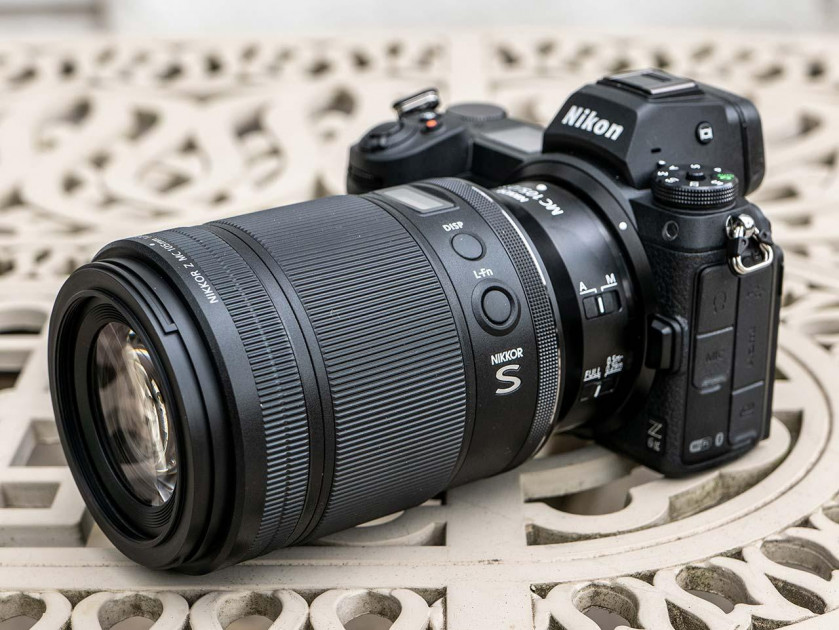Introduction
The Panasonic Leica DG Vario-Summilux 25-50mm F1.7 ASPH (H-X2550) is a new fast telephoto zoom lens for the Micro Four Thirds camera system. It is the world’s first telephoto zoom lens to offer a maximum aperture of f/1.7 throughout its range.
Featuring silent, high-speed focusing thanks to a 240fps high-speed inner focus drive system, the dust/splash/freeze-resistant Panasonic 25-50mm lens offers a versatile focal range of 50-100mm in 35mm terms.
Optically it’s comprised of 16 elements in 11 groups, including one aspherical lens, three ED (Extra-low Dispersion) lenses and one UHR (ultra high refractive) lens, and has 9 diaphragm blades which help give the aperture a rounded shape.
The Leica DG 25-50mm has a de-clicked aperture ring for easier video recording, and there’s also a traditional focus clutch mechanism which enables instant AF/MF switching and accurate manual focusing.
This lens has been designed to perfectly match the Leica DG Vario-Summilux 10-25mm F1.7 ASPH lens, with the pair effectively functioning as eight traditional fixed focal length lenses (20mm / 24mm / 28mm / 35mm / 50mm / 75mm / 85mm / 100mm) whilst offering the same or an even higher level of quality.
The Panasonic Leica DG Vario-Summilux 25-50mm F1.7 ASPH lens is priced at £1,799.99 / $1,799.99 in the UK and the US, respectively.
Ease of Use
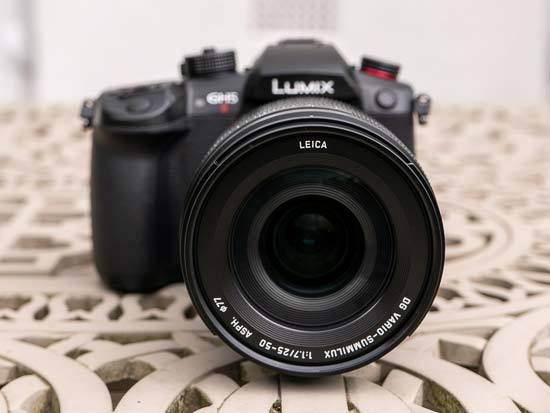
Given the fast maximum aperture of f/1.7 on offer throughout the zoom range, the Panasonic Leica DG Vario-Summilux 25-50mm F1.7 ASPH is unsurprisingly large and heavy for a Micro Four Thirds lens, measuring 127.6mm / 5.02inch in length and weighing 654g / 1.44lb, which is about the same size and weight as the 10-25mm F1.7 lens.
Unlike the 10-25mm lens, though, zooming is internal, so the lens barrel doesn’t extends when zooming out from 25mm to the 50mm focal length.
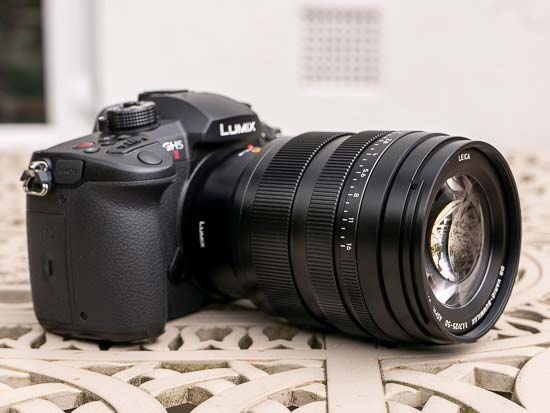
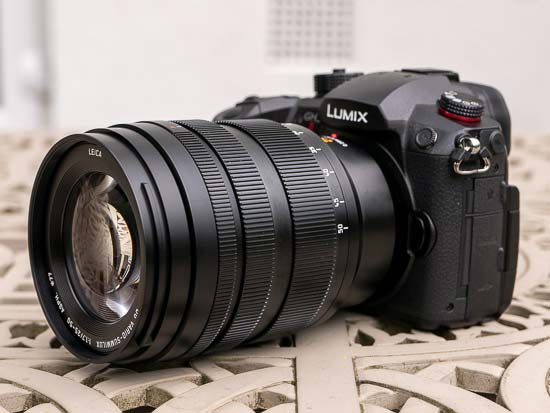
The lens has a focus clutch mechanism rather than an AF/M switch for choosing the focusing mode.
When the focusing ring is pushed forward, the lens is locked into autofocus mode.
When the focusing ring is pulled back, the focusing distance scale with depth-of-field markings is revealed and you can manually focus with the lens – very neat.
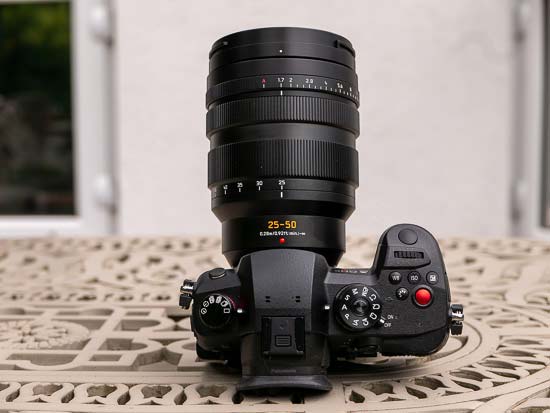
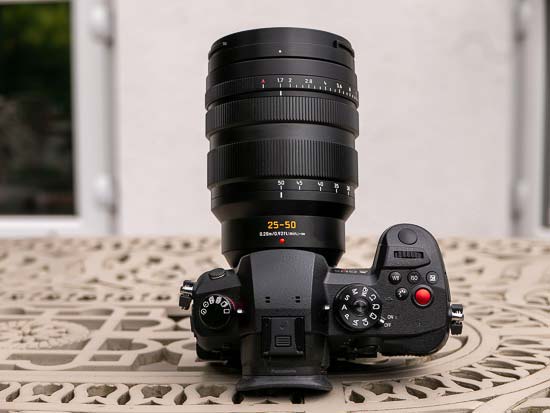
Note that this is a focus-by-wire lens which uses a stepping motor. There are hard stops at both ends of the 0.28m/0.92ft to infinity focusing range, but no depth of field scale on the barrel.
The Panasonic Leica DG Vario-Summilux 25-50mm F1.7 ASPH lens offers silent focusing, making it perfect for video recording. In use, we found the AF system to be very quick, accurate and reliable on the flagship Panasonic GH5 II camera.
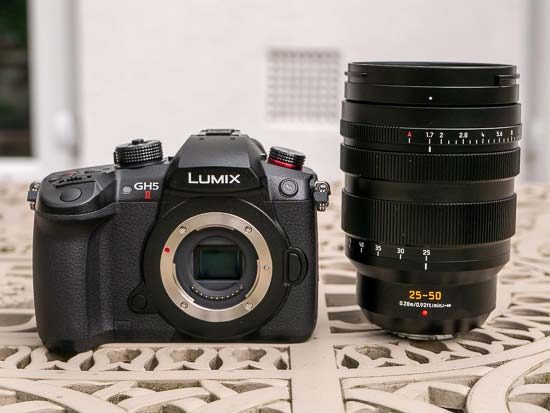
The Panasonic Leica DG Vario-Summilux 25-50mm F1.7 ASPH has a traditional aperture ring on the lens barrel, which allows you to set the aperture in 1/3 steps, complete with aperture markings on the lens barrel. The aperture is also shown in the viewfinder or on the LCD screen as you change it.
The rather thin aperture ring toggles between auto aperture control (the ring is set to A) or manual aperture control (the ring is set to one of the aperture values).
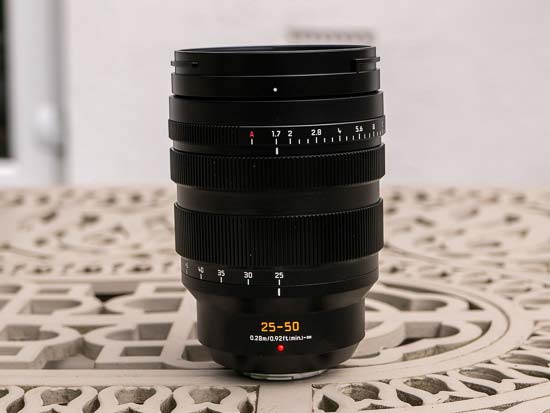
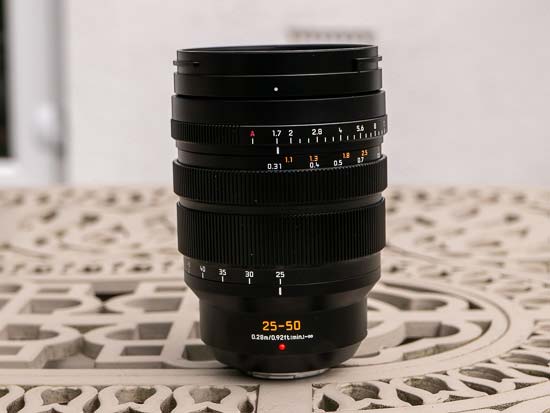
The aperture ring proved to be nicely damped in use, although because the ring is declicked, the lens is better suited for video use than for stills, as it’s difficult to set the aperture accurately to one of the 1/3rd values without having to double-check it first via the viewfinder or rear LCD screen.
The 77mm filter thread does not rotate on focus, which is good news for users of polarisers and graduated neutral density filters.
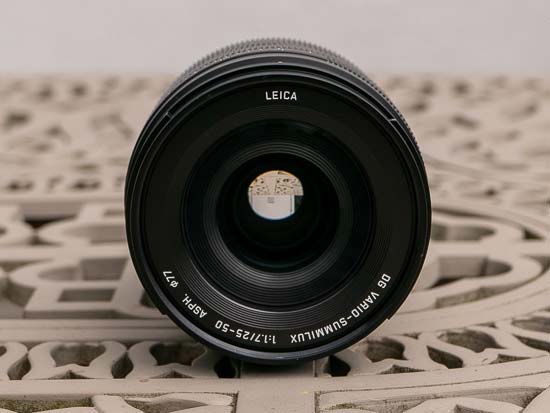
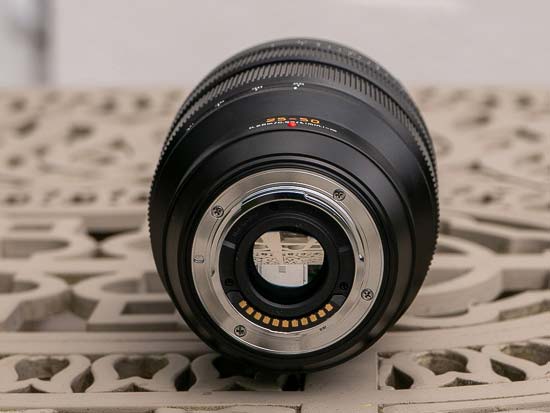
The Panasonic Leica DG Vario-Summilux 25-50mm F1.7 ASPH has a lens mount is, thankfully, made of metal. The lens also boasts a dust and splash-proof design and is even freeze-proof down to -10C, although Panasonic stops short of calling it fully weatherproof.
Usefully the lens comes with a good quality round lens hood with a button to lock it into place and release it. Panasonic also include a cloth storage bag in the box.
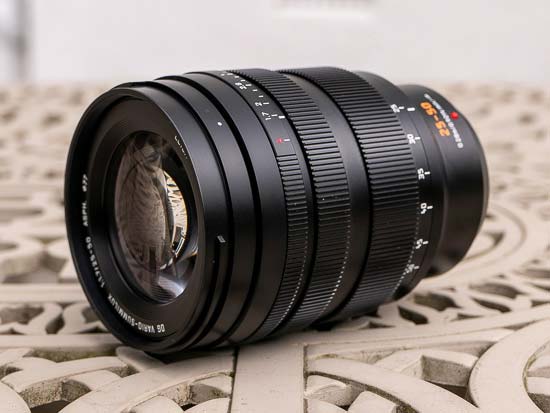
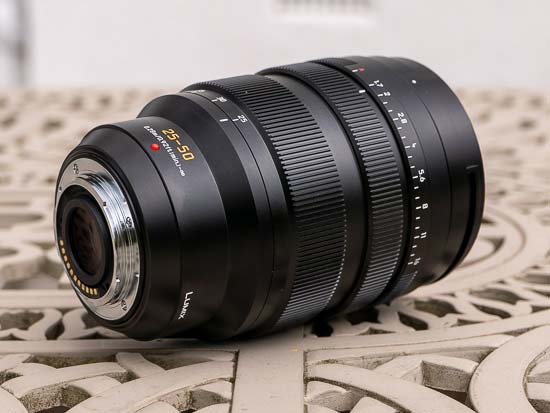
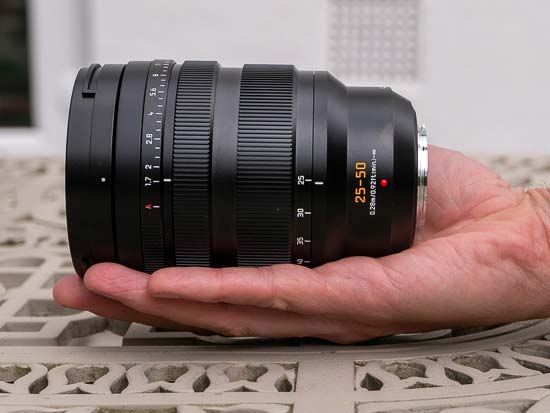

Focal Range
At the 25mm end of the zoom range, the lens has a diagonal angle of view of 47°, equivalent to that of a 50mm lens in a 35mm system.
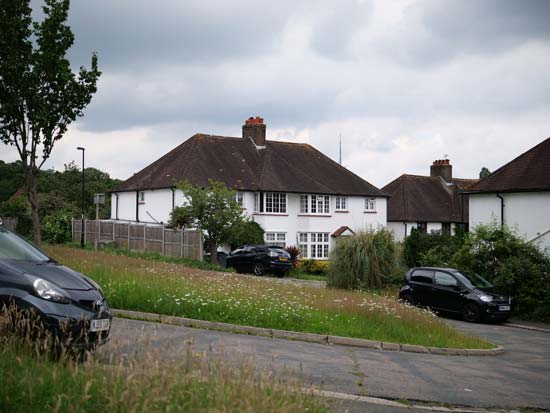
25mm
At the 25mm end, the angle of view is 24°, which is the same as that of a 100mm lens on a 35mm full-frame camera.
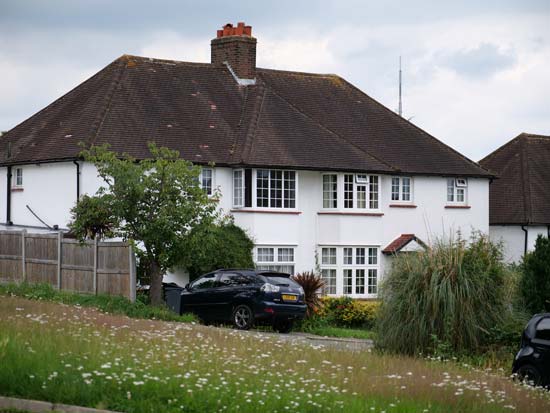
50mm
Chromatic Aberrations
Chromatic aberrations, typically seen as purple or blue fringes along contrasty edges, are not a problem with the Panasonic Leica DG Vario-Summilux 25-50mm F1.7 ASPH lens.
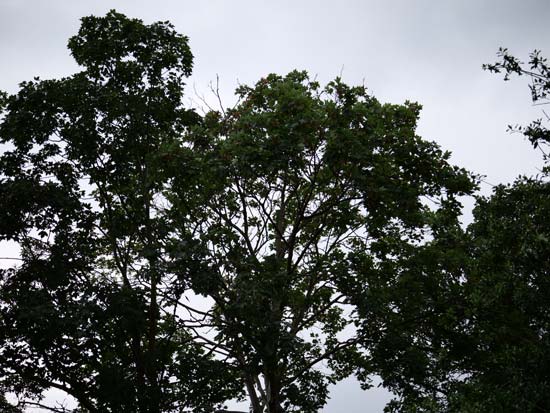
25mm

50mm
Distortion
There is virtually no distortion visible at either end of the zoom range.

25mm

50mm
Light Fall-off
With the Panasonic Leica DG Vario-Summilux 25-50mm F1.7 ASPH lens set to its maximum aperture of f/1.7, you can see some light fall-off in the corners, but nothing too excessive.

25mm

50mm
Macro
The Panasonic Leica DG Vario-Summilux 25-50mm F1.7 ASPH lens has a maximum 0.21x magnification rating and is able to focus at 0.28m / 0.92ft away from the subject at the 25mm focal length and 0.31m/1.02ft at the 50mm focal length.






Sunstars and Flare
The Panasonic Leica DG Vario-Summilux 25-50mm F1.7 ASPH produces very nice sunstars when stopped-down to f/16, as shown below.
The lens is quite susceptible to flare when shooting directly into the sun, though, even with the lens hood fitted.

Bokeh
Bokeh is a word used for the out-of-focus areas of a photograph, and is usually described in qualitative terms, such as smooth / creamy / harsh etc.
In the Leica DG Vario-Summilux 25-50mm F1.7 ASPH lens, Panasonic have employed a diaphragm with 9 rounded blades, which has resulted in very nice bokeh, at least in our opinion.
However, recognising that bokeh evaluation is subjective, we have provided a few examples for your perusal.
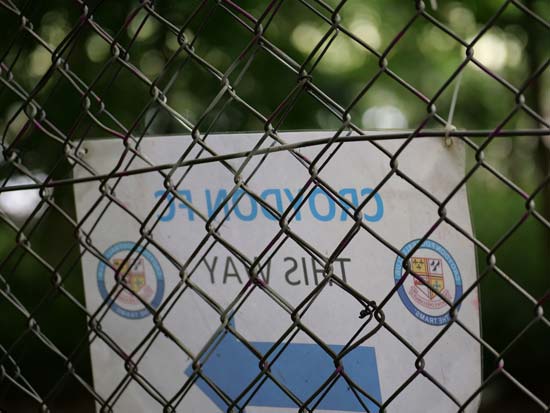






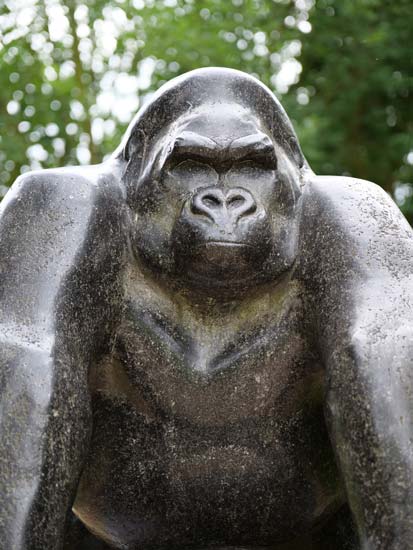
Sharpness
In order to show you how sharp this lens is, we are providing 100% crops on the following pages.


